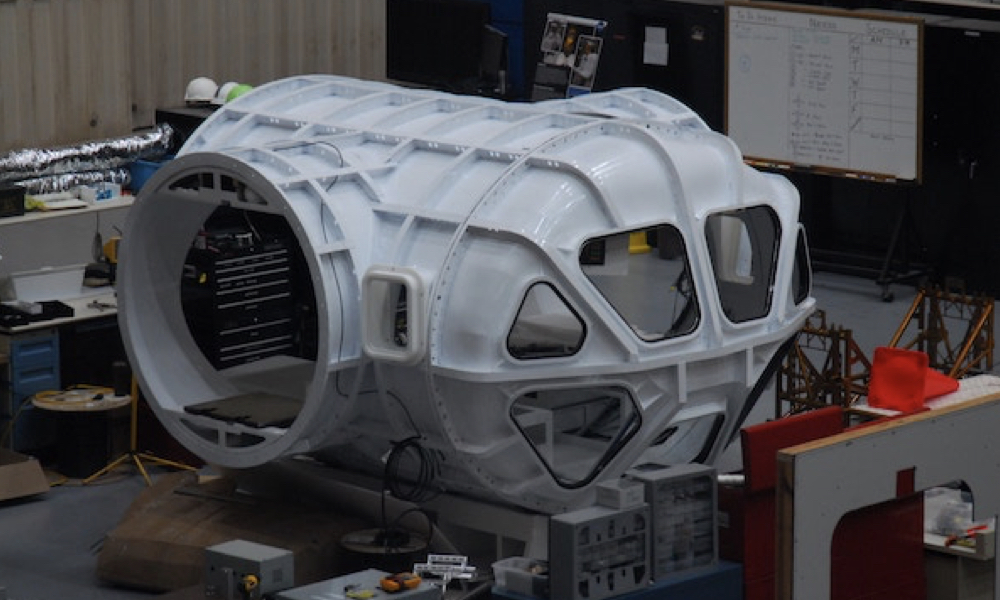
ESA Open Invitation to Tender AO9479
Open Date: 09/10/2018
Closing Date: 20/11/2018 13:00:00
Status: ISSUED
Reference Nr.: 18.133.11
Prog. Ref.: Technology Developme
Budget Ref.: E/0901-01 – Technology Developme
Special Prov.: BE+DK+FR+DE+IT+NL+ES+SE+CH+GB+IE+AT+NO+FI+PT+GR+LU+CZ+RO+PL+EE+HU
Tender Type: C
Price Range: 200-500 KEURO
Products: Satellites & Probes / Structures / Struct. Eng. SW / SW for Structure design, analysis, simulation, etc.
Techology Domains: Structures / Structural Design and Verification Methods and Tools / Analysis Tools and Methodologies
Establishment: ESTEC
Directorate: Directorate of Tech, Eng. & Quality
Department: Mechanical Engineering Department
Division: Structure and Mechanisms Division
Contract Officer: van Hilten, Linda
Industrial Policy Measure: N/A – Not apply
Last Update Date: 09/10/2018
Update Reason: Tender issue
The vibro-acoustic environment is the sizing load case for random vibration response of spacecraft secondary structures and sensitive equipment, including antennas and solar arrays. It is often the case that the structural strength of lightweight structures is driven by the vibro-acoustic dynamic response. Even if there has been significant progress in analytical and numerical prediction tools, there is still a large uncertainty on the structural response predictions associated to the knowledge of the propagation paths, the noise sources and the coupling of the spacecraft to the launcher fairing and the air cavity.Furthermore, recent studies have shown that simple modifications of the ground facility can result in significant noise reduction during ignition and lift-off, by controlling the scattering of waves on the ground facilities and the sound diffusion thereof. Advances in the so-called sonic crystals are showing encouraging results.The study will include the following main tasks:- Full frequency range characterisation and validation of spacecraft-launcher coupled vibroacoustic response prediction. Low-mid-high frequency methods shall be traded off and evaluated, including deterministic, statistical and hybrid analysis methods.- Sound source and propagation path characterisation during ignition and lift-off. Time and frequency domain, steady and transient loads shall be analysed from flight data.- Noise reduction methods on the launch pad, including scattering and absorption of ground, sound barriers, sonic crystals, water deluge, modifications oflaunch tower.- Noise reduction methods for the launch fairing, absorption in the cavity and sound effects mitigation on the spacecraft.
If you wish to access the documents related to the Invitation to Tender, you have to log in to the ESA Portal.
